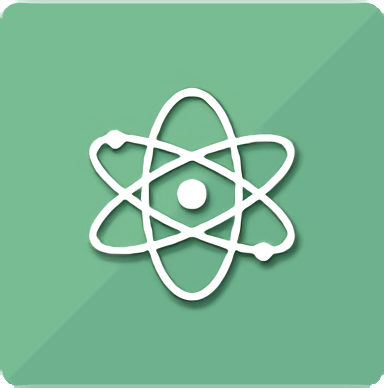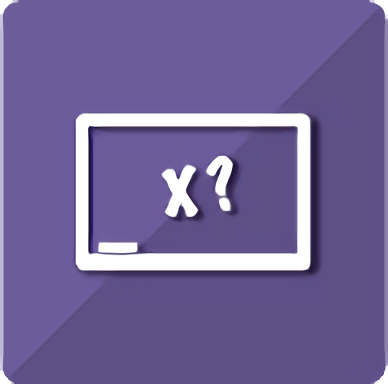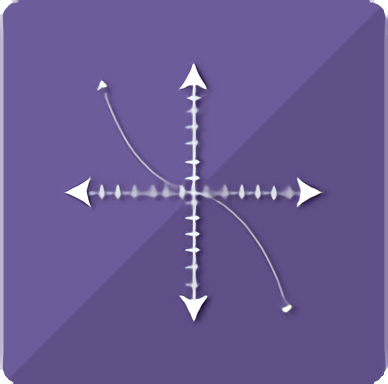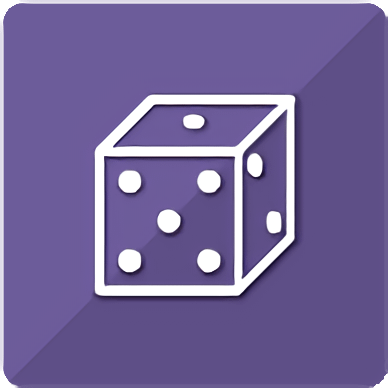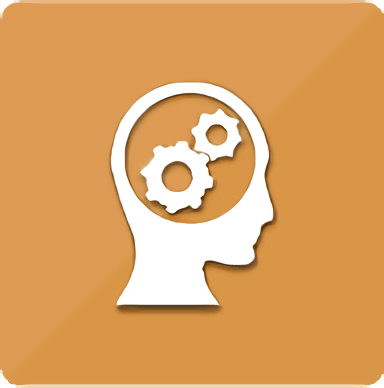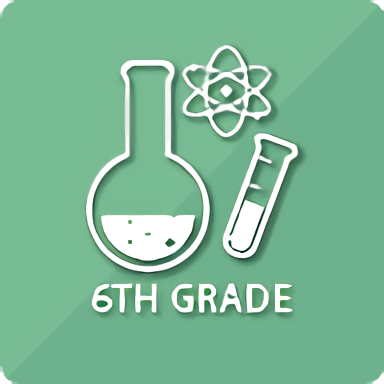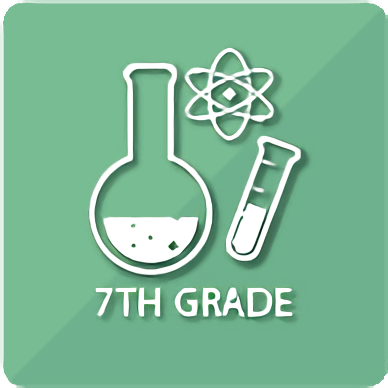Physics [Credit Recovery]
$250.00Course Description
Physics is designed to provide students with an overview of traditional physics and the latest research in the field. Beginning with Newtonian mechanics, students learn that every object is acted upon by multiple predictable forces. The course moves on to investigate the laws of thermodynamics, covering fluid mechanics and the relationship between matter and energy. The course also explores the various models used to explain and apply the universal forces of electricity and magnetism. Students learn the characteristics of waves and the basics of optics before the final set of lessons on atomic physics. Here, students review the characteristics of the atom and its elemental particles and apply their knowledge to modern physics. Topics in this course will be reinforced through interactive, online lab assignments.
Course Breakdown
Frames of reference
Distance and displacement
Speed and velocity
Types of acceleration
Forces and their effect on motion
Satellite and projectile motion
Newton’s Three Laws of Motion
Work and power
Kinetic and potential energy
The law of conservation of energy
Momentum and collisions
Machines and their advantages Circular motion
Simple harmonic motion
Pendulums
Kepler's laws
Electrostatics
Units and movement of charges
Coulomb's law
Electric and electromotive forces
Waves and wave motion
The wave equation
Applications of sound
The Doppler effect
Types of interference in waves
Course Goals
Apply the principles of kinematics to one-dimensional motion and two-dimensional systems.
Apply Newton's Laws of Motion to forces and related quantities in linear systems.
Analyze conservation principles as applied to energy and momentum.
Distinguish between multiple types of simple machines and their properties. Distinguish circular and simple harmonic motion from linear motion.
Describe the properties of electrical charges and their motions as influenced by electric fields and forces.
Extend knowledge of electrostatic and electromotive systems to usage of energy.
Describe the properties and interaction of different waves and the relationships between them.


